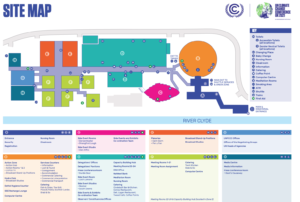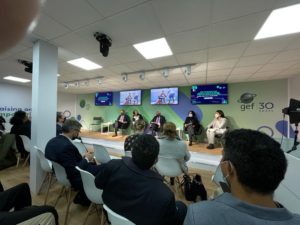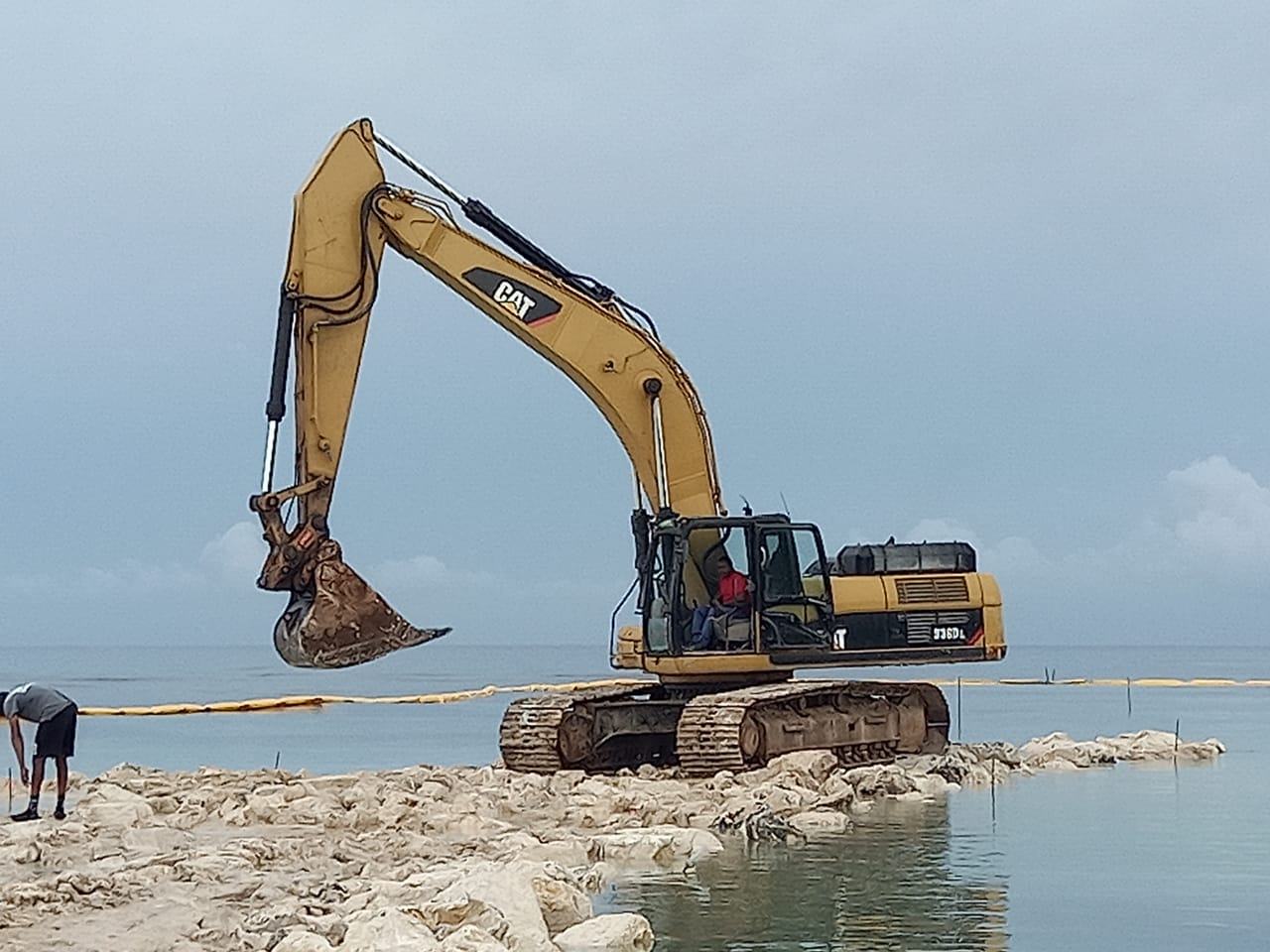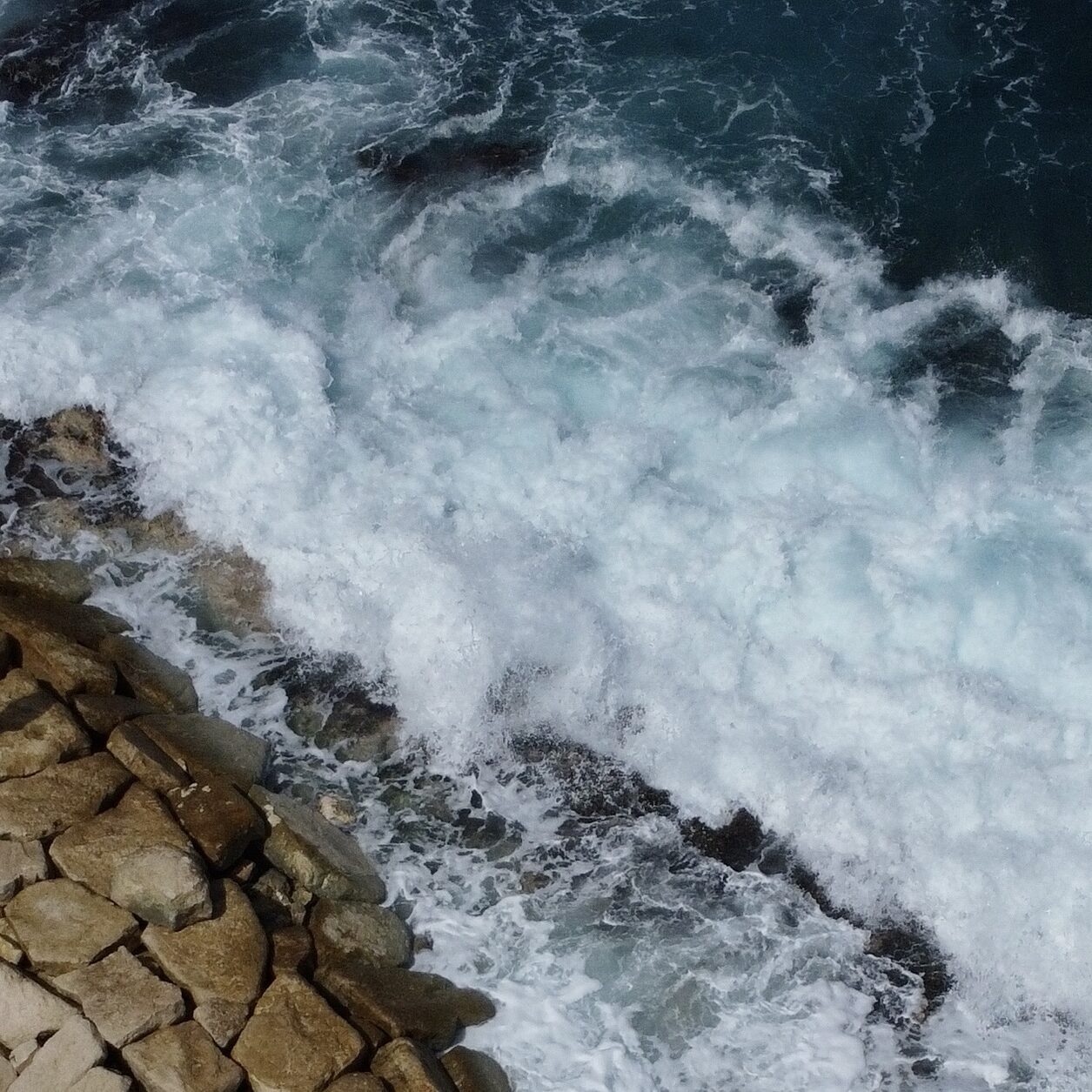While high-level cabinet officials, ministers, and country leaders from around the world met behind closed doors negotiating emissions curbing timelines and climate finance pledges, the salons at the Scottish Event Complex in Glasgow buzzed with other activity and collaboration. Organisations teamed up to present new alliances and to outline plans to bring scaled up finance directly to communities in need. Though the 26th Conference of Parties is being described as “long on plans, but short on details”, there were some successes announced and others newly seeded.

Resilience
In the COP26 Resilience Hub, discussions from morning to night each day of the Conference focused on everything from water resilience to cultural climate heritage to blockchain technology. During a session on adaptation finance, a major topic of discussion during this climate change convention, Kenya’s Cabinet Secretary of Environment and Forestry joined high-level representatives from the governments of Denmark and Sweden as well as from the World Bank and USAID to present the first nationally-scaled model of “devolved climate finance”. That’s another term for locally-led or community-based finance in which the national government delegates the administration of projects and funds to regional or local authorities. There is now yet another acronym, FLLoCA, short for Financing Locally Led Climate Action Program.
The push toward programs of this sort is driven by the idea that citizen engagement and local leadership are key in creating community preparedness and focusing on the most urgent adaptation needs. The World Bank notes that, “Depending on what communities prioritise, investments may also promote water conservation, and more efficient use of water, support natural resource management, rehabilitate degraded lands, or promote early warning systems.”
 Pilot Project in Jamaica
Pilot Project in Jamaica
The Green Climate Fund and partners described a new pilot project in Jamaica that will help decision-makers prioritise projects, funding, and the decision of whether to upgrade infrastructure in the present time. They considered flooding from heavy rainstorms and river overflow, landslides, storm surge at specific locations, and wind. Using geographic information systems (GIS) software, they layered the hazards onto an infrastructure layer including power plants, major roadways, and water supply systems. Replacement and repair costs factored in as well.
In the AOSIS pavilion, the focus centered on collaboration ranging from transitioning to renewable energy to scaling proven concepts in building resilience with cultural sensitivity. At the World Leaders Summit at the start of COP26, the Coalition for Disaster Resilient Infrastructure launched a new initiative called Infrastructure for Resilient Island States… with another new acronym, IRIS. Its goal is to “achieve sustainable development through a systematic approach to promote resilient, sustainable, and inclusive infrastructure in Small Island Developing States (SIDS).” The plan is to provide island states with technical support and identify potential partnerships and technical collaboration for the successful development and maintenance of infrastructure systems. The goal is to enable SIDS to respond effectively to disaster and climate change risks.
Networking
Another first at COP26 was the Water and Climate Pavilion launched by the Stockholm International Water Institute. There, climate planners and negotiators from the energy and agriculture sectors, among others, “work across sectors to contribute transformative ideas, solutions, and resources.” The Pavilion offered space for bi-lateral meetings and high-level dialogue as well as for strategy workshops, storytelling, and networking. The networking that took place during the first two weeks of November was constant and, likely, exhilarating and exhausting. And while COP26 did not achieve its highest of goals, the conference succeeded in uniting delegates in recognising the need to collaborate on creative strategies to finance much-needed work in regions already feeling the effects of climate change. As The Economist magazine described it, “Not the stuff of triumph; but not a train wreck either.”


